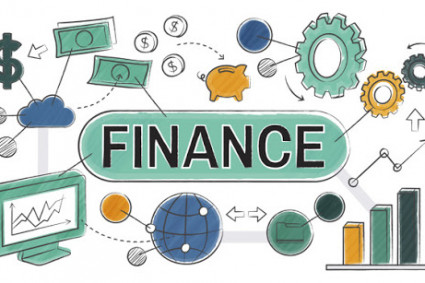
What is the definition of value investing?
It's an investment strategy in which investors look for stocks of firms that are trading at a discount to their actual or inherent value on the market. This investment approach necessitates a good understanding of the stock market.
Value investing is really a combination of two concepts: undervaluation and overvaluation. When a stock's price is lower than its inherent worth, value investors consider it undervalued. Investors, on the other hand, regard a stock to be overvalued if it trades at a price higher than its intrinsic value.
Because share prices are highly dependent on market behaviour, value investors believe that share prices do not justify a company's long-term fundamentals. They take a contrarian strategy to investing, refusing to react to market trends and, in most circumstances, moving in the other direction.
How Does Value Investing Work and What Is Value Investing?
Buying stocks while they are cheap or on sale, then selling them when they reach or exceed their actual or intrinsic value, is the value investing technique. Another condition which value investors follow is allowing for a margin of safety when trading in value investing stocks.
stock price can move or fluctuate for a variety of reasons, one of which is a well-known market trend that causes a share's price to deviate from its intrinsic worth.
Calculate Intrinsic Value Using the Price-to-Value Ratio Ratio of Books
The Price to Book (P/B) ratio compares a company's stock price to its book value per share. The company's net worth (assets minus liabilities) is divided by the number of outstanding shares to arrive at the book value per share. Investors may choose to omit some intangible assets (such as goodwill) from the PB ratio calculation in particular situations.
Any score below 1.0, in theory, suggests that a company's stock is selling for less than its net worth. Certain banks are now trading at a discount to their book value, while some growth companies are trading at multiples of their net worth.
However, because these values fluctuate during business cycles, there is no single P/B ratio that identifies value vs growth investments. When stock prices rise, the P/B Ratio rises, and when stock prices fall, the ratio falls.
Calculate Intrinsic Value Using the Price-to-Earnings Ratio Ratio
The price to earnings ratio, or P/E ratio, compares the stock price of a firm to its yearly earnings. For example, a P/E ratio of 15 suggests that it will take 15 years for current earnings to cover the cost of the stock.
The lower the P/E ratio, it is more likely it is that the company is a value stock. While there is no set threshold at which a stock qualifies as a value investment, the PE ratio should be lower than the market's average P/E ratio.
A lower P/E ratio, like the P/B ratio, does not imply that a company is a good investment. These figures serve as a starting point for future investigation.
Mutual Funds and Value Investing
Value investing can be accessed through mutual funds. Value funds are available from most major fund firms, both actively managed and passively managed (i.e. index funds). For example, the Vanguard Value Index Fund Admiral Shares (VVIAX) invests in value stocks.
The contrast between this fund and the Vanguard Growth Index Fund Admiral Shares (VIGAX) is clear when comparing the two investment methodologies.
The average P/E ratio of the stocks in the value fund is 18.1. The average P/E ratio of growth funds is 38.8. Similarly, the value fund has a P/B ratio of 2.1, while the growth fund has a P/B ratio of 8.2.
As previously said, growth funds have outpaced value funds in recent years, as evidenced by the 10-year performance of these two funds. The growth fund has returned 16.79 percent on average, while the value fund has returned 10.91 percent on average.
However, this information should not be interpreted to mean that growth investing is preferable to value investing. They'll each get their turn in the spotlight. An S&P 500 index fund would be a good choice if you wanted to combine these two investment approaches.
Is value investing the best option for you?
You're definitely a value investor at heart if your major investment goal is to limit your risk of lasting losses to a bare minimum while improving your chances of achieving positive returns.
Those who want to follow the market's hottest businesses, on the other hand, may find value investing tedious because growth potential for value companies are limited at best.
Value investors must also be tenacious. the value-finding process excludes much more stocks than it uncovers, and it may be a very difficult method to invest.
Despite the fact that you thought them too pricey to begin with, many stocks you cross off your buy list during your search will continue to rise in value during bull markets. When the bull market ends, however, the margin of safety provided by value stocks can make it much simpler to weather a downturn.
Conclusion
Value investing is a sound strategy for accumulating money. It focuses on a company's fundamental study and determining its intrinsic worth. Value investors then hunt for good firms to acquire at or below their intrinsic value. It isn't, however, the only sensible investment strategy available.



